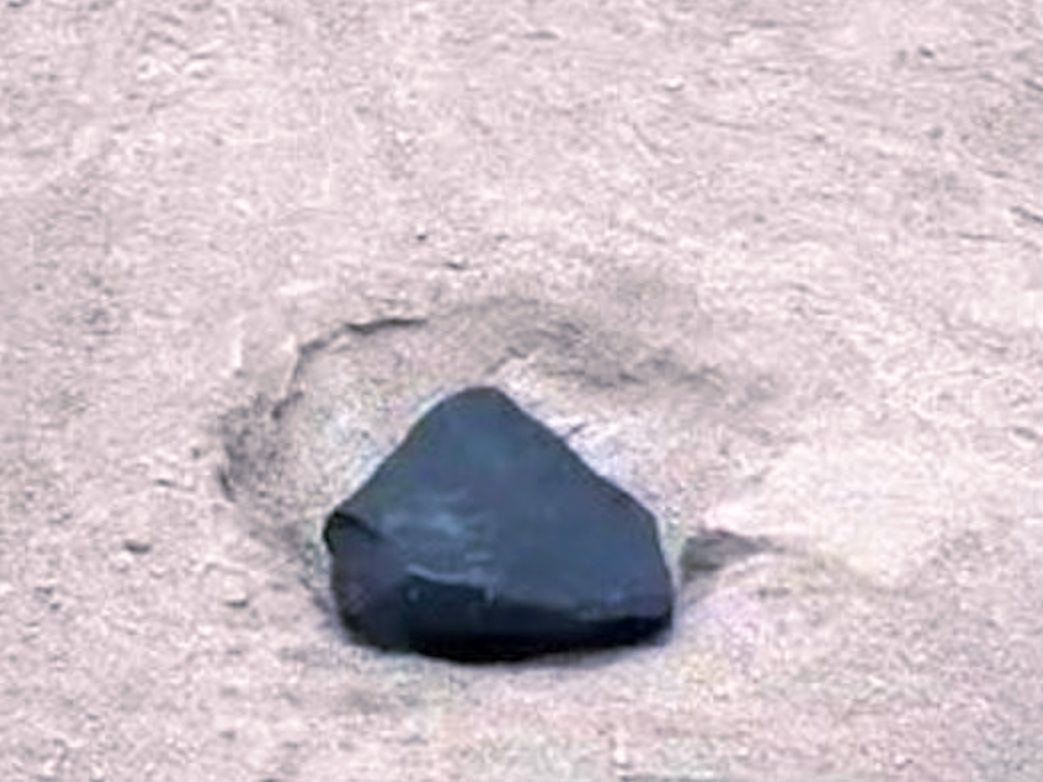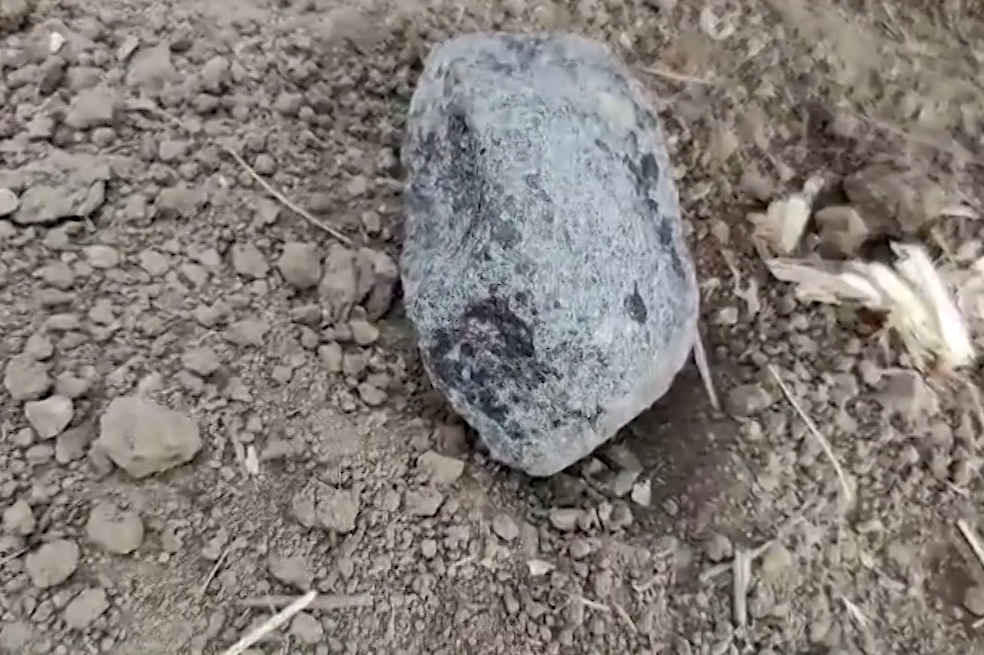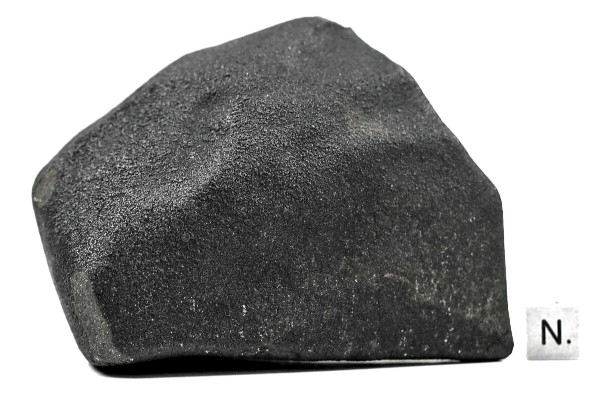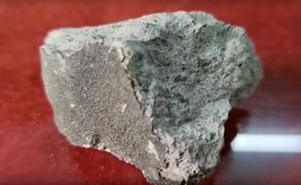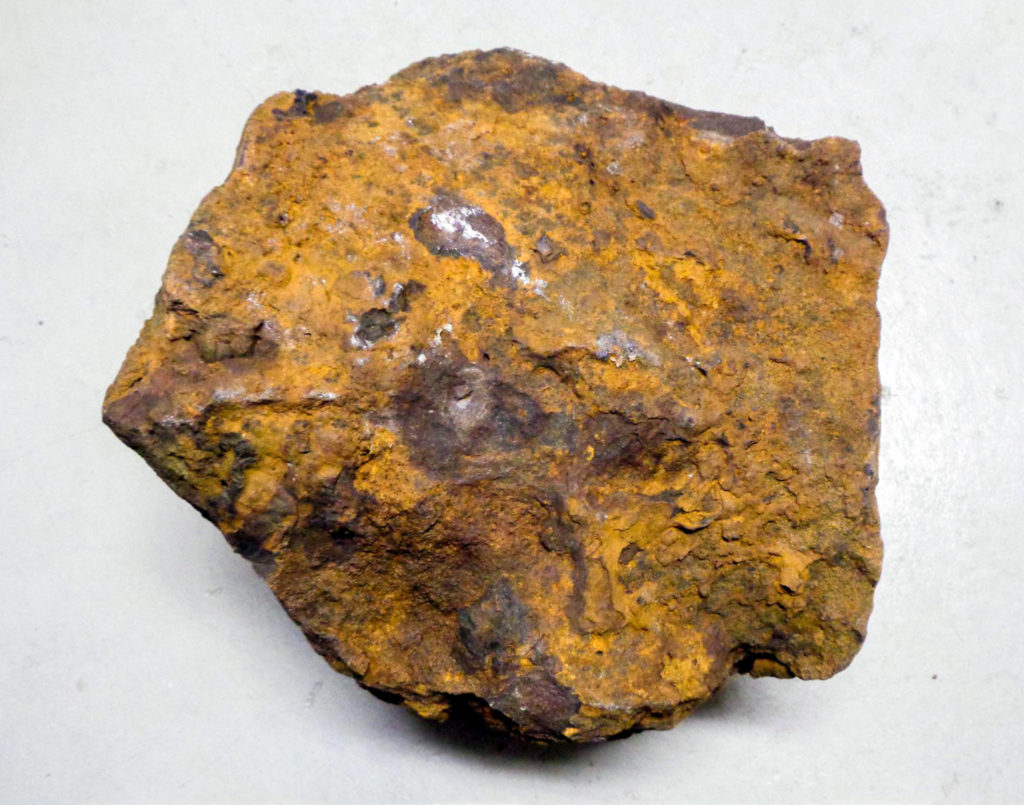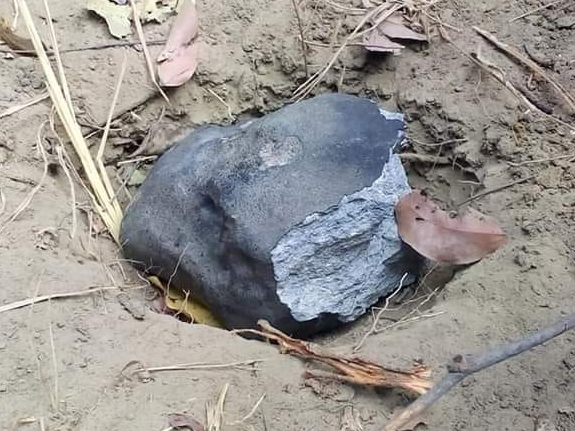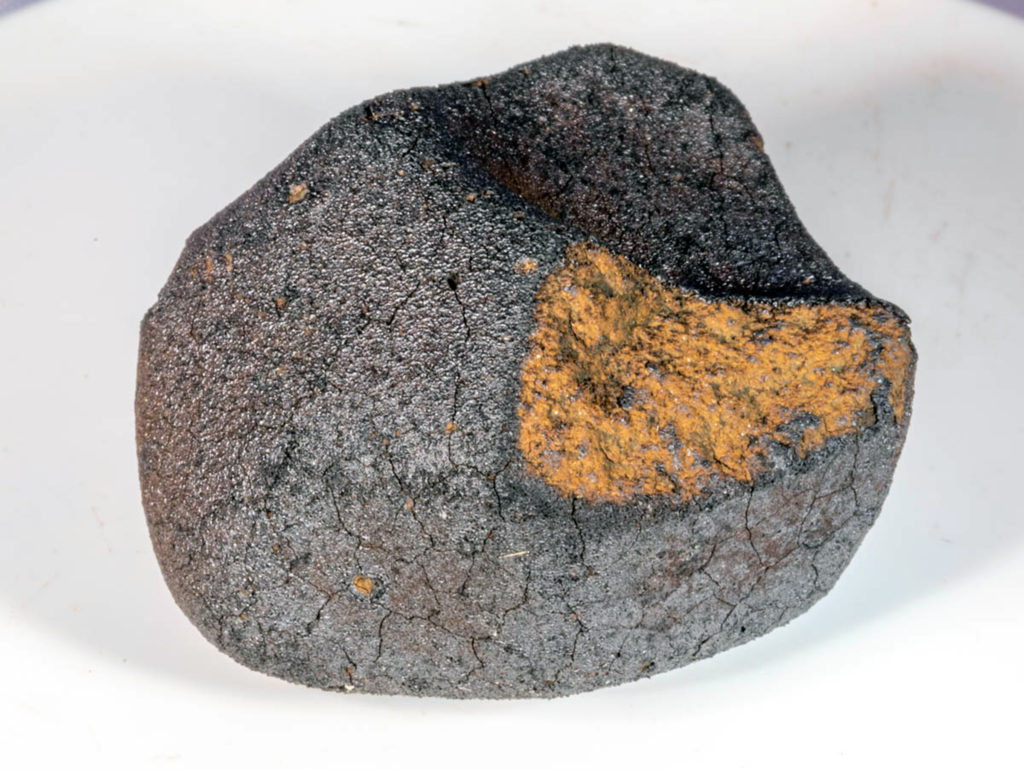Incremental Laser Space Weathering of Allende Reveals non-lunar like Space Weathering Effects
Jeffrey J. Gillis-Davis, Paul G. Lucey, John P. Bradley, Hope A. Ishii, Heather M. Kaluna, Anumpam Misra, Harold C. Connolly Jr.
Icarus
In Press, Accepted Manuscript, Available online 3 January 2017
“Highlights
• Spectra of the Allende have a both a lunar and non-lunar space weathering component.
• Spectra of Allende became increasingly bluer in the 450-550 nm region with laser irradiation.
• Important result because this region is used for spectral classification of asteroids
• Comminution of sulfide phases may be non-lunar phase influencing the UV-VIS continuum.
• Spectra of laser weathered Allende are a reasonable match to K- and T-type asteroids.”
“We report findings from a series of laser-simulated space weathering experiments on Allende, a CV3 carbonaceous chondrite. The purpose of these experiments is to understand how spectra of anhydrous C-complex asteroids might vary as a function of micrometeorite bombardment. Four 0.5-gram aliquots of powdered, unpacked Allende meteorite were incrementally laser weathered with 30 mJ pulses while under vacuum. Radiative transfer modeling of the spectra and Scanning Transmission Electron Microscope (STEM) analyses of the samples show lunar-like similarities and differences in response to laser-simulated space weathering. For instance, laser weathered Allende exhibited lunar-like spectral changes. The overall spectra from visible to near infrared (Vis-NIR) redden and darken, and characteristic absorption bands weaken as a function of laser exposure. Unlike lunar weathering, however, the continuum slope between 450-550 nm does not vary monotonically with laser irradiation. Initially, spectra in this region redden with laser irradiation; then, the visible continua become less red and eventually spectrally bluer. STEM analyses of less mature samples confirm submicroscopic iron metal (SMFe) and micron sized sulfides. More mature samples reveal increased dispersal of Fe-Ni sulfides by the laser, which we infer to be the cause for the non-lunar-like changes in spectral behavior. Spectra of laser weathered Allende are a reasonable match to T- or possibly K-type asteroids; though the spectral match with a parent body is not exact. The key take away is, laser weathered Allende looks spectrally different (i.e., darker, and redder or bluer depending on the wavelength region) than its unweathered spectrum. Consequently, connecting meteorites to asteroids using unweathered spectra of meteorites would result in a different parent body than one matched on the basis of weathered spectra. Further, spectra for these laser weathering experiments may provide an explanation for inconsistencies observed in both laboratory (e.g., Hiroi et al., 2003 & 0026, 0032 and 0037 & 0039 and 0054) and telescopic data (0032, 0034 and 0041).”

